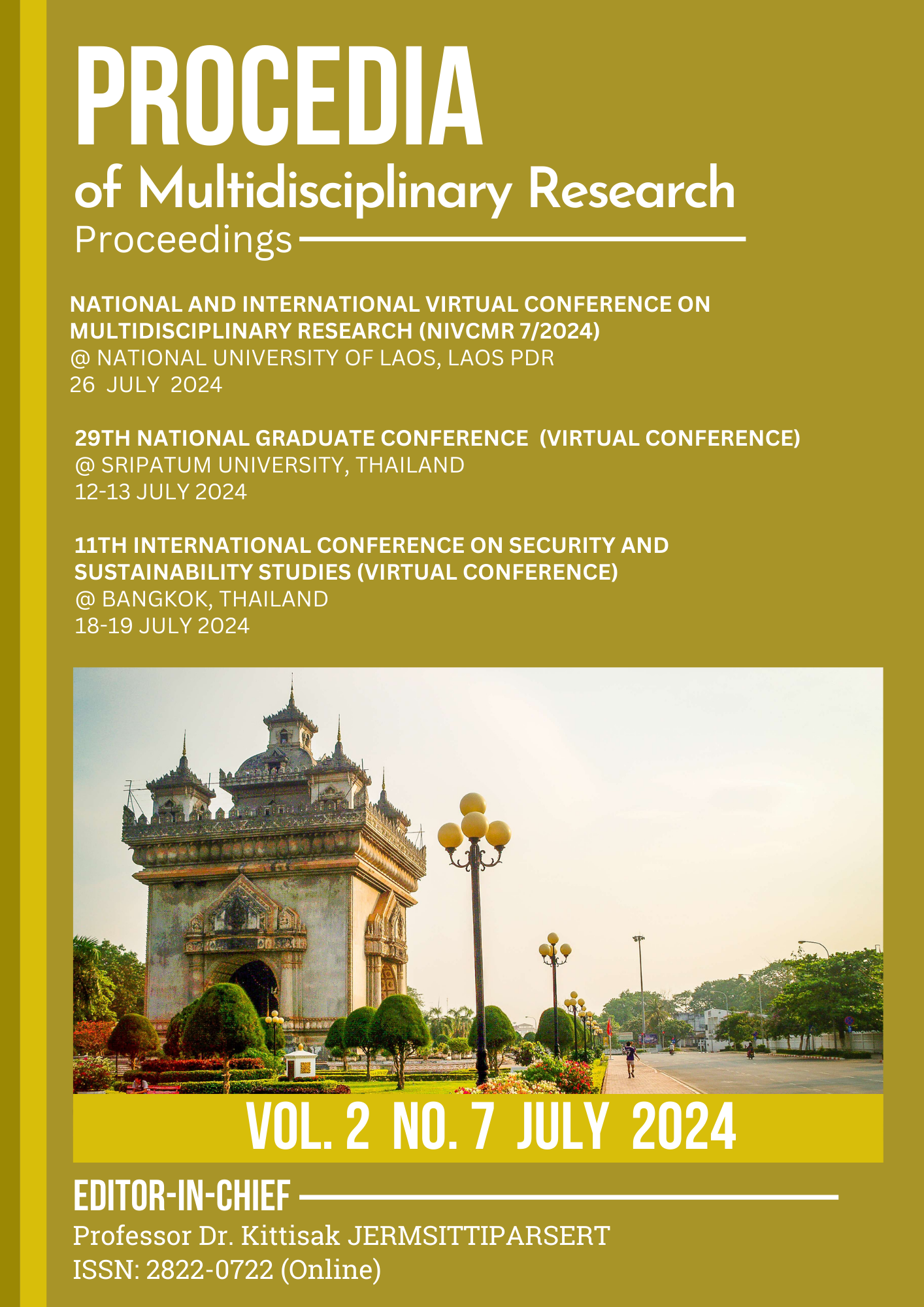BIAXIAL FLEXURAL STRENGTH OF RESIN COMPOSITE RESTORED WITH LAYERING TECHNIQUE
Abstract
The objective of this research was to study the effects of layering technique and thickness on biaxial flexural strength of resin composite restoration. The disc shape of specimens were made from dentine shade (A2D) and enamel shade (A1E) resin composite (Filtek Z350XT, 3M ESPE, USA). The 0.6-1 mm thickness specimens were divided into 4 groups; dentine groups, enamel groups, fixed-dentine groups, fixed-enamel groups. The biaxial flexural strength of composite resin was evaluated using Ball-on-ring methods. The results of the study revealed that the restoration techniques and total restoration thickness significantly influence the biaxial flexural strength of composite resin (P value £ 0.05). When the total thickness is 1 mm, a one-layer of dentine shade restoration exhibits higher biaxial flexural strength compared to other groups (P value £ 0.05). Additionally, when comparing the same restoration technique, a 0.6 mm total thickness has biaxial flexural strength lower than a 1 mm total thickness (P value £ 0.05). Weibull modulus value is high, indicating reliable data due to low data distribution. Conclusion: When restoring composite resin veneers, it is important to consider the restoration technique and the material thickness.
Downloads
Published
Issue
Section
License

This work is licensed under a Creative Commons Attribution-NonCommercial-NoDerivatives 4.0 International License.







.png)


